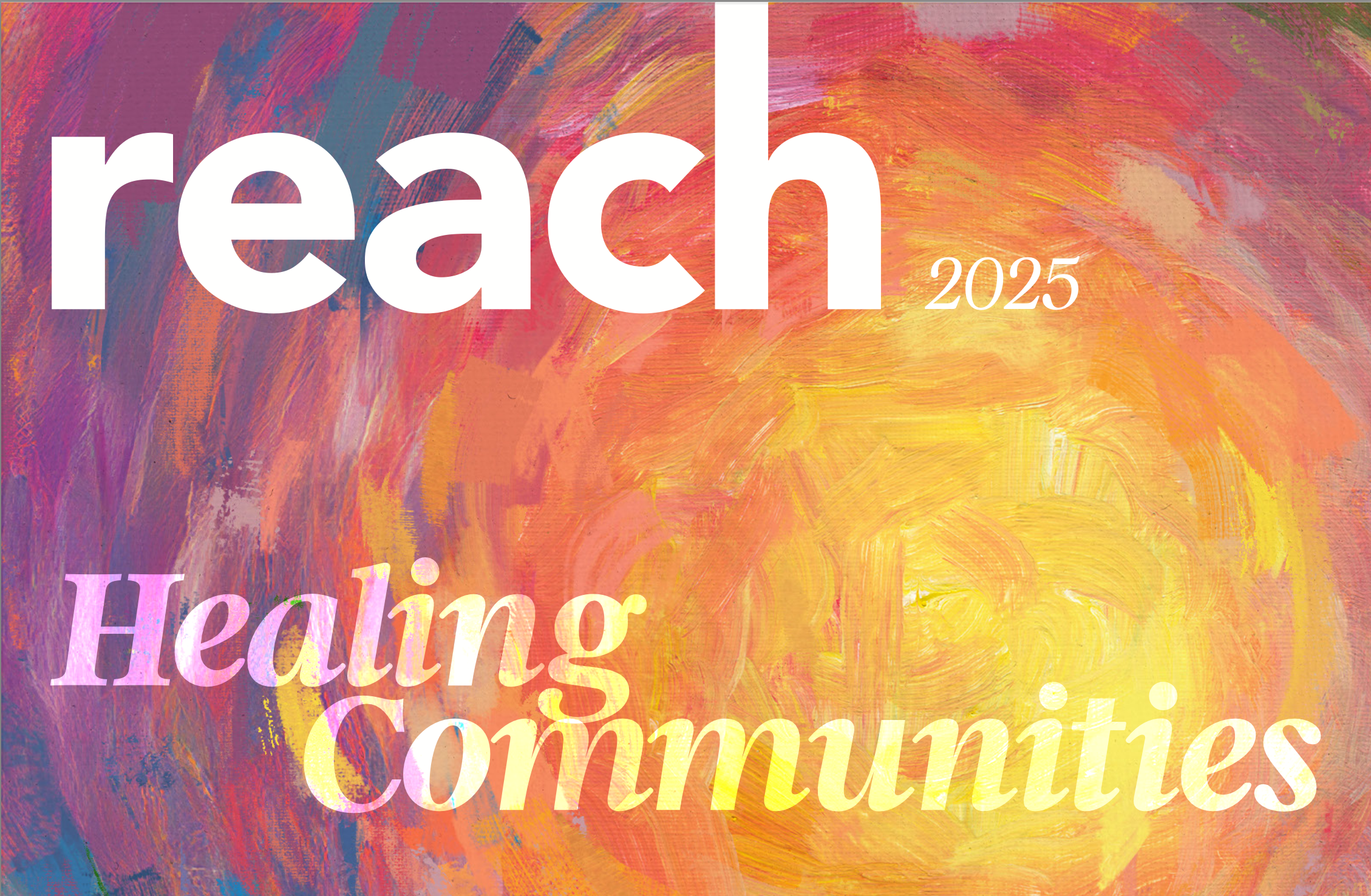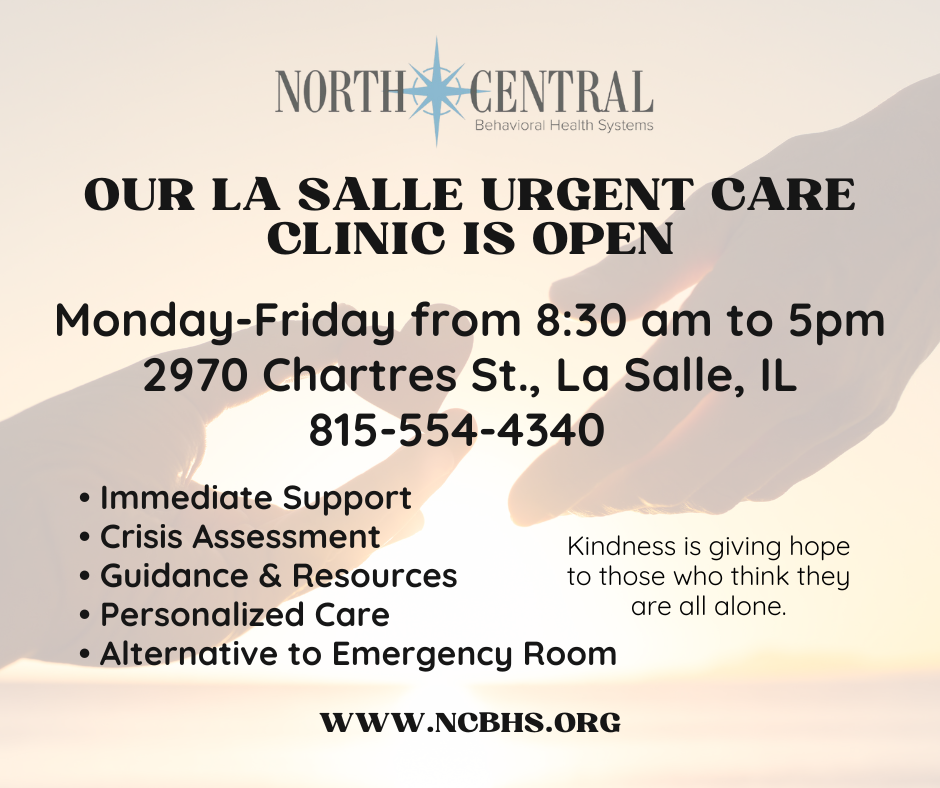What is Bullying?
- Use of superior strength or influence to intimidate someone, usually to get them to do what one wants
- Includes force or coercion to abuse or intimidate others
- May be habitual and involve an imbalance of power
- May be repeated towards victims
Types of bullying:
- Indirect
- Verbal
- Physical
- Cyber
Indirect bullying:
- Putting you down
- Yelling and screaming at you
- Intentionally embarrassing you in public
- Preventing you from seeing or talking with friends and family
- Telling you what to do and wear
- Using online communities or cell phones to control, intimidate or humiliate you
- Blaming your actions for their abusive or unhealthy behavior
- Stalking you
- Threatening to commit suicide to keep you from breaking up with them
- Threatening to harm you, your pet or people you care about
- Making you feel guilty or immature when you don’t consent to sexual activity
- Threatening to expose your secrets such as your sexual orientation or immigration status
- Starting rumors about you
- Threatening to have your children taken away
Verbal bullying:
- Name calling
- Insulting someone
- Making jokes about race, gender or sexual orientation
- Teasing
- Using abusive language or offensive remarks
Physical bullying:
- Hitting
- Kicking
- Punching
- Scratching
- Spitting
- Biting
- Causing any type of damage to a person
- Not allowing a person to leave
- Taking another person’s property
- Damaging another person’s property
Cyber bullying:
- Using electronics, social networking sites and messaging to bully using the below tools…
- Texting
- Pictures and Videos
- Phone calls
- Chat room
- Instant messaging
- Websites
Who is affected?
- Anyone can be a target
- Children
- Adults
- A person of any race
- Male or female
- Rich or poor
- Co workers
- Teachers
- Students
- Family and friends
- It occurs everyday
- In about every place
- In many different situations and places
- We often just think about kids being bullied, but adults are bullied everyday
- It occurs one on one and group to group
Why does it happen?
- The bully may not like the person being bullied
- They find bullying fun
- They like to feel tough and strong, in control
- Think it will make them popular
- Problems at home or in their own life
- Being mistreated themselves
- Learned behavior
Why do bullies bully?
- Distrust
- Fear
- Misunderstanding
- Lack of knowledge
- Jealousy
- Anger
- Competition
Children more likely to be bullied also…
- feel disconnected from school and do not like school
- lack quality friendships at school
- display high levels of emotionality that indicate vulnerability and low levels of resilience
- be less well accepted by peers, avoid conflict and be socially withdrawn
- have low self-esteem
- be relatively non-assertive
- be different in some way.
Children most likely to bully also…
- feel disconnected from school and dislike school
- demonstrate good leadership skills
- demonstrate good verbal skills and ability to talk themselves out of trouble
- demonstrate low levels of moral reasoning and high levels of egocentric reasoning
- believe that the use of aggression is an acceptable way to achieve their own goals
- be preoccupied with their own goals and not concerned about the rights of others
- feel disconnected from school and dislike school
- demonstrate good leadership skills
- demonstrate good verbal skills and ability to talk themselves out of trouble
- demonstrate low levels of moral reasoning and high levels of egocentric reasoning
- believe that the use of aggression is an acceptable way to achieve their own goals
- be preoccupied with their own goals and not concerned about the rights of others
Some statistics
- Over 3.2 million students are bullied each year
- 1 in 4 teachers see nothing wrong with bullying and only intervene 4% of the time
- Approximately 160,000 kids skip school daily because of bullying
- 1 in 7 kids in grades K-12 is either a bully or a victim of bullying
- 56% of students have witnessed bullying
- 71% of students report bullying as a problem in their school
- 1 out of 10 students drop out of school because of repeated bullying
- 90% of 4th-8th graders report being victims of bullying
- Bullying increases in elementary, peaks in middle school and declines in high school
- Bullying stats show that revenge is the strongest motivation for school shootings
- Students who witness violence at home are more likely to take it into the schools
- Bullying has been linked to at least 75% of school shootings
- Studies reviewed from 13 countries found connections between bullying and suicide
- Suicide rates among 10-14 year olds have grown more than 50% in the last 3 decades
- A 2007 study shows 86% of LGBT students are bullied regularly
- Surveys show bullying occurs often due to a person’s appearance, followed by sexual orientation and gender expression
Bullying in the workplace:
- Shouting or swearing at an employee or otherwise verbally abusing him or her
- One employee being singled out for unjustified criticism or blame
- An employee being excluded from company activities or having his or her work or contributions purposefully ignored
- Language or actions that embarrass or humiliate an employee
- Practical jokes, especially if they occur repeatedly to the same person
- A manager who shouts at or criticizes one of his or her employee repeatedly
- A co-worker who is critical of everything one co worker does
- A bully always takes credit for successes and passes blame for mistakes, and/or frequently makes hurtful comments or jokes about the victim
- Negative comments or actions that are based on a person's gender, ethnicity, religion, or other legally protected status, this is also illegal as it is harassment
Effects of workplace bullying:
- Stress
- Absenteeism and low productivity
- Lowered self-esteem and depression
- Anxiety
- Digestive upsets
- High blood pressure
- Insomnia
- Trouble with relationships due to stress over work
- Post traumatic stress disorder
Workplace bullying Stats
- According to the Workplace Bullying Institute…
- Up to 1/3 of workers may be the victims of workplace bullying
- About 20% of workplace bullying crosses the line into harassment
- The New York Times found that about 60% of workplace bullies are men
- They tend to bully male and female employees equally
- Females tend to bully females more than they bully men
How can we stop bullying with our children?
- Work with your children
- Work with the school
- Work with the district administration
Work with your children
- Thank your child for telling you, reassure them its not their fault
- Ask your child specific information, such as who is doing it, what happened (was it verbal, physical, cyber etc.), what days were they bullied and where it took place
- Find out how your child responded to the bullying
- Keep written records of all the information
- Tell a school staff (teacher, principal, other staff)
- Do not call the parent (this could make it worse on your child)
Work with the school
- Meet with your child’s teacher
- Discuss what is happening and share all of your information
- Ask what can be done so your child feels safe at school
- Keep a written record of what happened in the meeting
- Make an appointment to meet with the principal to discuss the bullying
- Share all information from talking with both your child and the teacehr
- Mention how bullying is impacting your child (doesn’t want to go to school, complaining of headaches, stomach aches, new behaviors etc.)
- Ask about a written bullying policy the school may have and request a copy
- Ask what can be done to protect your child at school
Working with the administration:
- Write a letter or an email to the district superintendent requesting a meeting and explain details of the situation including name, age and grade of your child
- Keep the letter as brief as possible, also send this to the principal, special educator director (if they receive special education) and the chair of the board.
- File a copy for your personal use
- Prepare for the meeting by being organized
- Take someone with you for support if needed, have them take notes and or contribute information
- Remember to ask what can be done to keep your child safe
After the fact...
- If you have done all of these steps and nothing ahs improved, contact an advocacy organization for assistance
- It is very important to show your child lots of love through all of this
- Check on bullying laws for your state, some bullying may be considered harassment
Links for pages to help
- http://kidshealth.org/parent/emotions/behavior/bullies.html
- http://kidshealth.org/parent/emotions/behavior/bullies.html
- http://www.psychologytoday.com/blog/the-new-teen-age/201010/7-ways-support-teen-bullying-victims
- http://www.bullyingstatistics.org/content/bullying-victims.html
**Bullying should never be taken lightly, always take the time to talk with your children, friends and family, let them know you are there for them in their time of need
**Being bullied can lead to alcoholism, drug use and abuse, suicide and other negative things


